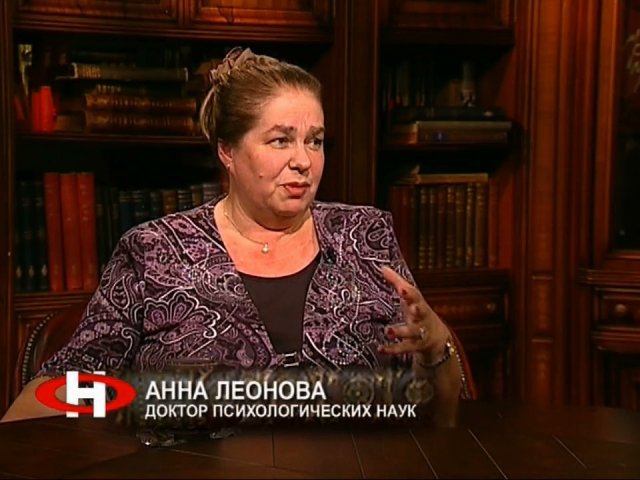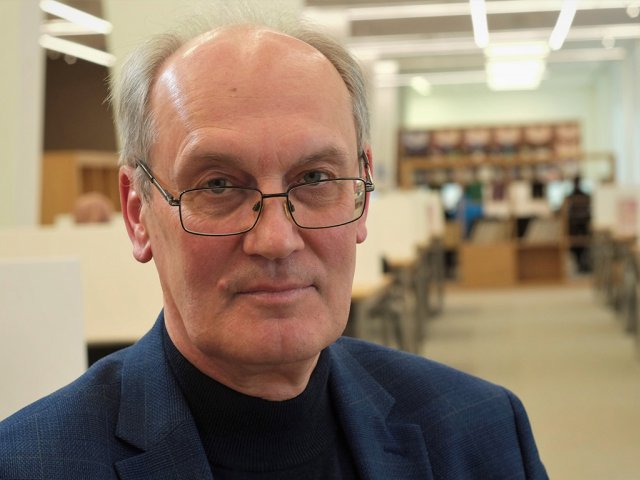Official:
Jean Bernard Léon Foucault. 18 September 1819 – 11 February 1868. French physicist, mechanic and astronomer, Member of the Paris Academy of Sciences, Member of the Berlin Academy of Sciences, Corresponding Member of the Saint Petersburg Academy of Sciences, Foreign Member of the Royal Society of London. Renowned for the pendulum.
Life and Work:
1. In January 1851, the Paris scholars received letters saying: “I am inviting you to observe the rotation of the Earth.” And they did observe as the letter had been written by Jean Bernard Léon Foucault and the pendulum which eventually made him famous clearly demonstrated that the Earth rotates.
2. Foucault had many other scientific contributions other than the pendulum – he invented the gyroscope, discovered electrical vortex currents, later named Foucault’s currents, determined the speed of light in the air and water using the method which was also named after him. Overall, he did a great job for science.
3. Born to the family of the Paris publisher, he was taught at home from an early age. Collège Stanislas, a Catholic institution for the bourgeois children, offered Foucault pretty good education.
4. Foucault could not get rid of a blood phobia and his road to medicine where his father wanted him to be was closed. The young man then decided to devote himself to physics.
5. Foucault still spent three years a few stones’ throw away from medicine. He was experimental assistant to Alfred Donné in his course of lectures on microscopic anatomy. Speaking of, Donné was the inventor of the photomicrography.
6. In his studies of physics, Foucault directed his attention to photography and decided to improve Louis Daguerre’s photographic processes. With no distance from photography to optics, the scientist joined Arago and Fizeau he met during his works with daguerreotypes to begin studies in this field.
7. In 1850, co-authors did the famous Foucault–Fizeau experiment using a quickly rotating mirror to measure the speed of light in the air and water. The scientific community viewed this experiment as “driving the last nail in the coffin” of Newton’s corpuscular theory of light as the experiment proved its fallacy.
8. Foucault described this experiment in his thesis, entitled “Of the speeds of light in the air and water” and was awarded the doctoral degree.
9. The first experiment on the Foucault pendulum took place at night on 8 January 1851 in the cellar of his house at the corner of rue d’Assas and rue de Vaugirard in Paris. In a month, he repeated his experiment at the Paris observatory having extended the pendulum from 2 to 11 meters.
10. Foucault held that famous same-name pendulum experiment he sent invitations to big heads of science to attend in the Panthéon. He suspended a 28-kilogram bob of 18 centimeters in diameter with a 67-meter-long wire from the dome of the Panthéon.
11. The Foucault pendulum experiment caused a sensation in both the learned and popular worlds. Foucault pendulums were suspended in major cities across Europe and America and attracted crowds.
12. Foucault’s amazing experiments did not go unawarded. The scholar received the Copley Medal from the Royal Society of London. Back then, he was already a physicist at the Paris observatory.
13. Starting from 1845, Foucault had been a science editor of the Journal des Debats. In 1862, he became an officer of the Legion of Honor and a member of the Bureau des Longitudes, a peculiar French research institution for astronomy, navigation, and geodesy. Foucault became a member of the Royal Society of London in 1864. A year later, he was elected a member of the Paris Academy of Sciences.
14. The fate did not offer Foucault a long life and a domestic harmony. Foucault rapidly developed a case of multiple sclerosis which claimed the single scholar before he turned 50.
15. Foucault was buried in the Montmartre Cemetery in Paris. You can watch the rotation of the Earth demonstrated with Foucault pendulum in the Panthéon, Paris, and many planetariums, research libraries and universities across our country.






















